Sigma lent me their new Sigma 500mm F5.6 DG DN OS Sports lens to try out for a week and I couldn’t resist comparing it to my Sony FE 200-600 F5.6-6.3 G OSS lens.
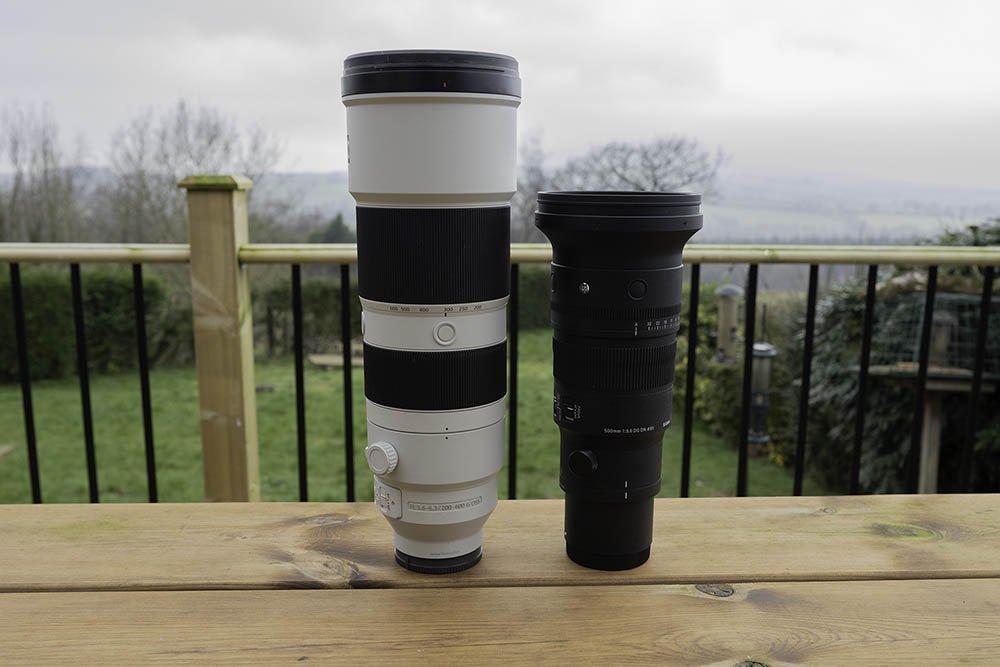
Unfortunately when I mounted my 200-600 it failed to recognize the lens correctly and no amount of cleaning the contacts changed this. It also didn’t work on my A7RV or A7IV so I know that it’s a lens issue.
Still, I’ve owned the 200-600 since it launched almost 5 years ago now so I have a pretty good idea about how it performs, so I decided to put together this article anyway.
Hopefully my 200-600 will get repaired and although the Sigma 500mm is now back with Sigma I was so impressed with it that I decided to order one myself. So I will definitely expand on this article in due course.
Table of Contents[Hide][Show]
Summary
The Sigma 500mm F5.6 DG DN OS Sports is a brilliant lens that focusses fast and delivers superb image quality in a relatively small body weighing only 1,515g with the lens hood attached.
The lightweight Sigma 500 is a very attractive alternative to the much heavier and larger Sony 200-600 F5.6-6.3 G lens, a brilliant and very versatile super telephoto lens.
However, the Sony tops the scales at 2,410g with the lens hood attached, so that’s an extra 895g that the Sony is carrying over the Sigma.
If you already own the Sony 200-600 and you are content with its weight and size then the Sigma 500mm won’t offer you anything extra, that is unless you crave an aperture ring or black body.
But if you do appreciate much lighter and smaller lenses then I’d strongly recommend taking a closer look at the Sigma because it feels like carrying a feather in comparison to the 200-600.
Spec Comparison
Here’s a quick comparison of the key specifications between these two lenses.
| Sigma 500mm F5.6 DG DN OS Sports | Sony FE 200-600 F5.6-6.3 G OSS | |
|---|---|---|
| Format | 35mm full-frame | 35mm full-frame |
| Focal Length | 500mm | 200-600mm |
| Maximum Aperture | F5.6 | F5.6-6.3 |
| Minimum Aperture | F32 | F32-36 |
| Lens Construction | 20 elements in 14 groups | 24 elements in 17 groups |
| Angle of View | 5.0° | 12°30′-4°10′ |
| Number of Diaphragm Blades | 11 rounded | 11 rounded |
| Minimum Focusing Distance | 320cm / 126.0in. | 240cm / 94.5in. |
| Maximum Magnification Ratio | 1:6 / 0.17x | 1:5 / 0.20x |
| Stabilization | Yes 5 stops | Yes |
| Filter Size | 95mm | 95mm |
| Teleconverter Support | Not for E-mount | Yes (1.4x & 2x) |
| Maximum FPS | 15 | 120 |
| Dimensions (Diameter × Length) | φ107.6mm x 236.6mm / φ4.2in. x 9.3in | φ111.5mm x 318mm / φ4.4in. x 12.5in. |
| Weight without lens hood | 1,365g / 48.14oz | 2,245g / 79.19oz |
| Weight with lens hood | 1,515g / 53.44oz | 2,410g / 85.01oz |
| RRP Price | $2,999.00 / £2,779.00 | $1,998.00 / £1,559.00 |
| Check Current Price At | B&H Photo | Amazon | B&H Photo | Amazon |
Focal Length & Aperture
The Sigma 500 F5.6 is a prime lens which has a fixed focal length of 500mm and a maximum aperture of F5.6.
The Sony FE 200-600 F5.6-6.3 is a zoom lens which has a focal length from 200mm to 600mm. It also has a variable aperture of F5.6-6.3. From 200-299mm the aperture is F5.6 then from 300-600 is drops down to F6.3.
At 600mm you will effectively be 20 percent closer to your subject than you would be at 500mm from the same shooting spot.
Minimum Focusing Distance & Magnification
The Sigma 500 F5.6 has a minimum focusing distance of 320cm / 126.0in. and a magnification ratio of 1:6 / 0.17x.
The Sony FE 200-600 has a minimum focusing distance of 240cm / 94.5in. and a magnification ratio of 1:5 / 0.20x.
So if you enjoy using your telephoto lens to shoot bugs then the 200-600 with its shorter minimum focusing distance and slightly greater magnification will produce larger and more detailed critters.
Image Stabilization
Both lenses feature built-in stabilization and Sigma claims 5 stops of compensation with their Sigma 500.
Unfortunately Sony does not specify the amount of compensation for their 200-600 lens but it works very well and I’ve been able to shoot sharp images of static subjects down to 1/20th of a second hand-held, although not every shot is sharp at these speeds. Increasing the shutter speed to 1/50th improves the keeper rate dramatically.
Bodies & Controls
The Sigma 500 weighs just 1,365g (with foot but without hood and caps). The lens hood of the Sigma 500 weighs 150g which takes the total weight up to 1,515g.
The Sony 200-600 weighs 2,245g (with foot but without hood and caps). The lens hood of the Sony 200-600 weighs 165g which takes the total weight up to 2,410g.

So the Sigma 500 is around 895g lighter than the Sony 200-600 with their hoods attached which is pretty significant.
The size difference is significant as well with the Sigma 500 measuring 107.6mm in diameter x 236.6mm in length vs 111.5mm in diameter x 318 mm in length for the 200-600.
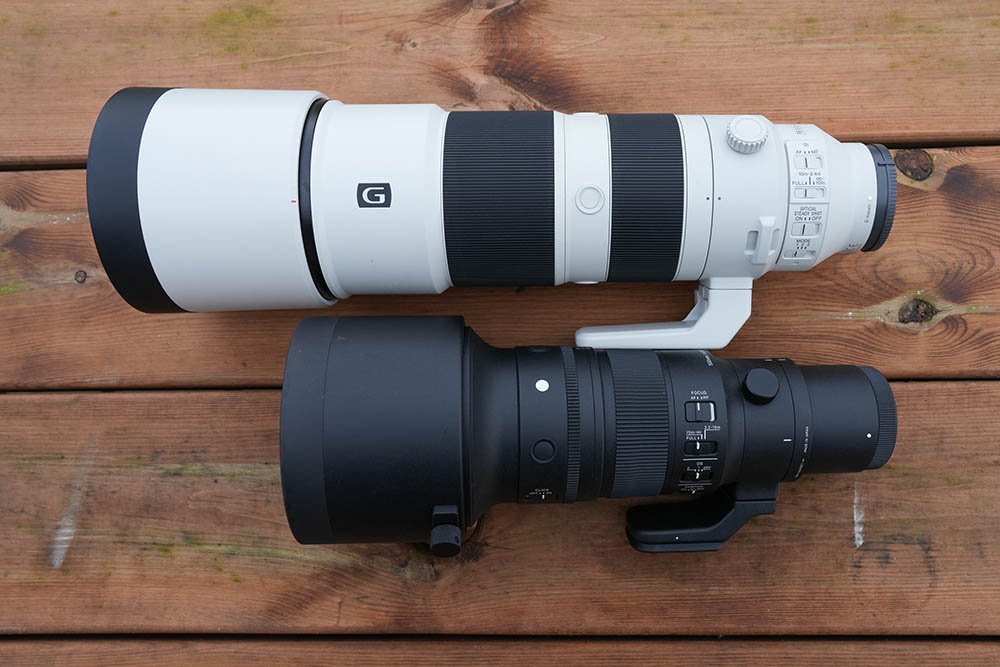
The Sigma features 3 customizable buttons, a focus limiter switch, AF/MF switch, OS switch with modes 1/2 and off.
The Sigma also has a Custom switch with the options (OFF | C1 | C2). Unfortunately unlike L-mount shooters who can use the Sigma USB Dock to customize these functions, Sony shooters are stuck with the default settings. C1 is called “Dynamic View” and offers a recognizable OS effect in the viewfinder to help with composition. C2 is called “Moderate View” and focuses more on stabilizing the image at capture and less on stabilizing the viewfinder.

There’s also de-clickable and lockable aperture ring on the Sigma which you won’t find on the 200-600, this will probably be appreciated more by videographers than photographers.
A silky smooth focus ring is located towards the rear of the lens just behind the aperture ring.
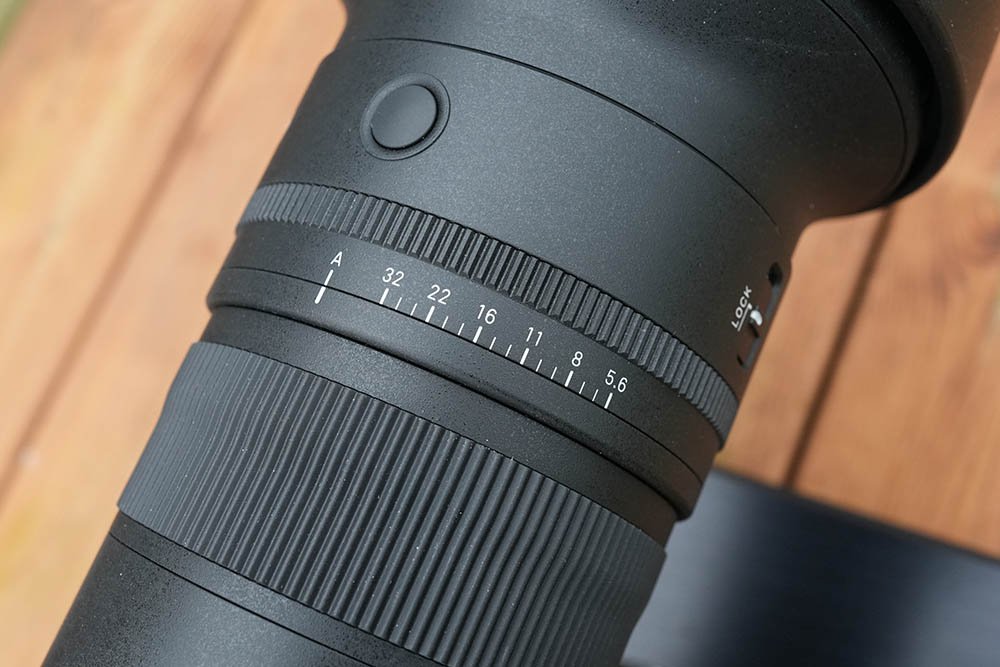
The controls on the Sony are similar. There’s 3 customizable buttons, a focus limiter switch, AF/MF switch, OS switch with modes 1/2/3 and off. There’s also a large and smooth zoom ring located towards the front of the lens which requires only a short throw to go from 200-600. The focus ring can be found towards the rear of the lens.

The Sigma 500 comes up trumps when we look at the lens feet because it has integrated dovetails making it arca-swiss compatible. However, it could do with being a little larger because there’s not a lot to hold onto if you want to carry the lens by its foot. Hopefully a third-party replacement will be available at some point.
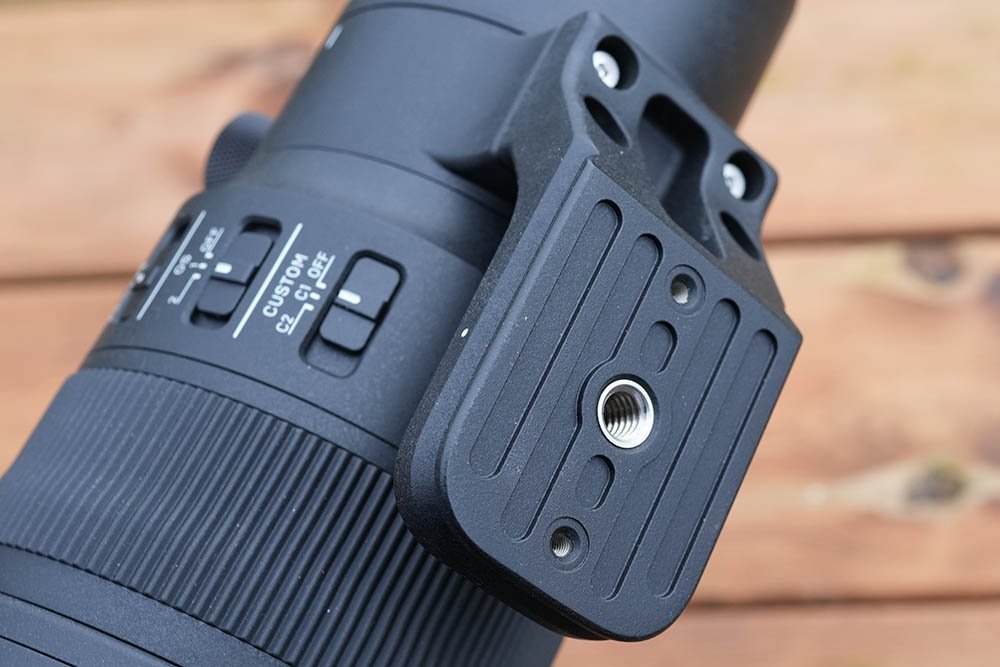
The lens foot on the 200-600 is larger but does not feature any dovetails for direct mounting to a tripod, meaning you’ll need to attach an additional lens plate.
Both feet are removable and also spin on a collar which is adjusted via a tension knob. The Sigma also has markings and detents at the four cardinal positions, which does make it easier to rotate quickly and to find the proper position compared to the Sony 200-600.

Both lenses feature very large lens hoods to help protect your images from glare and also keep the front glass elements safe.
The hood for the Sigma is attached via a tension knob and is ribbed on the inside. There is also a rubberized rim that will allow you to stand the lens on the lens hood.
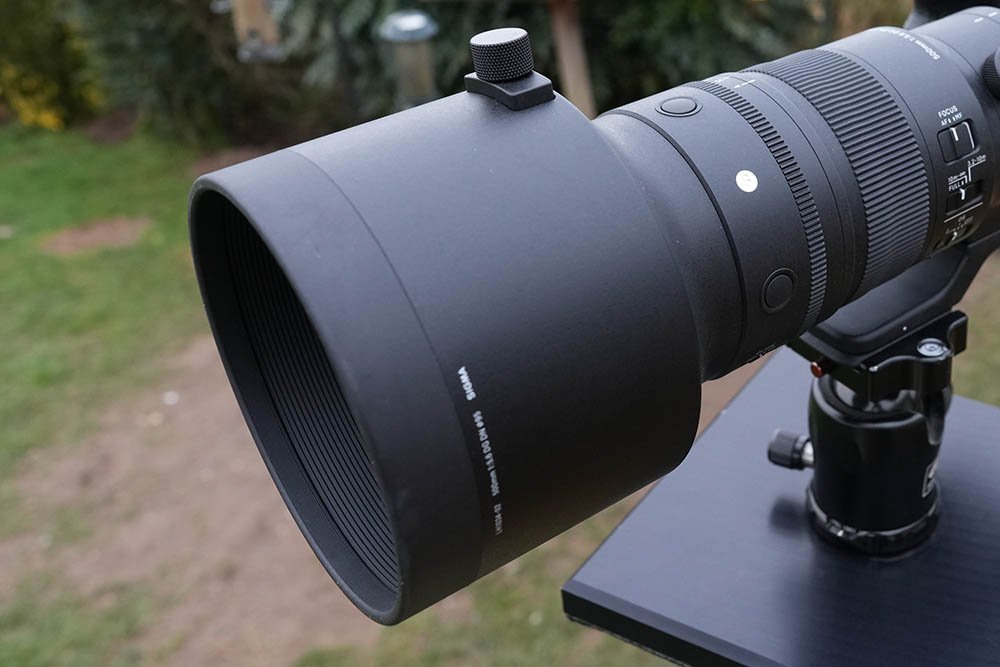
The hood for the Sony is a little larger and has a bayonet style fixing. It’s not ribbed on the inside like the Sigma but is matt black. Like the Sigma there is also a rubberized rim that will allow you to stand the lens on the hood if you wish.
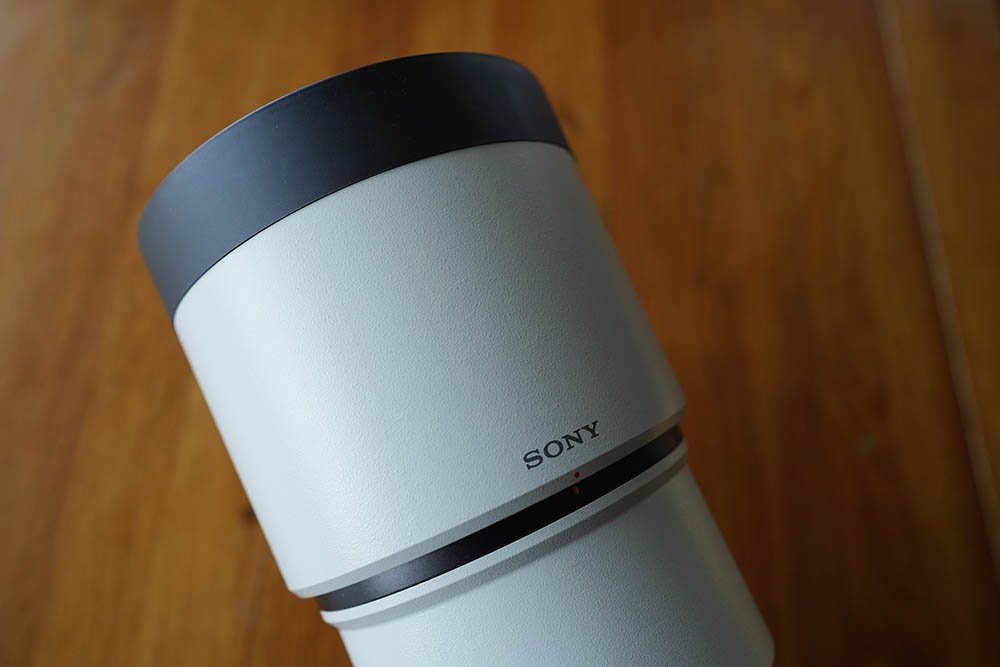
Image Quality
As you would expect from a Sigma prime lens the image quality is very good.
Unfortunately as mentioned earlier I wasn’t able to do a direct side-by-side image comparison with my 200-600 as it picked a great time to die on me.
However, to my eyes the images I shot with the Sigma 500mm look just as good as the images shot with my 200-600.
In Dustin Abbott’s review he compares the sharpness of both lenses and concludes:
“The Sigma prime shows a clear advantage in the amount of detail captured in the center of the frame. Textures have more micro-contrast and “pop” more. The Sony corners are softer than the Sigma zoom, and so the advantage for the 500mm DN is even more pronounced here. It delivers a much stronger performance in detail and contrast.”
Other reviews also suggest that the Sigma has a slight advantage when it comes to sharpness but it’s not a night and day difference and for most real world subjects you will probably struggle to see the difference.
I will shoot some identical side-by-side images as soon as I have both lenses in my hands again.
Until then here are a few sample images shot with both lenses. Other than cropping to my liking and some white balance adjustments on some of the images, no further post processing has been applied.
Sigma 500mm F5.6 DG DN OS Sports
Sony FE 200-600 F5.6-6.3 G OSS
Autofocus Performance
The Sigma 500 focuses quickly and quietly on my A1 and it tracked really well too, only a handful of shots were slightly soft and those could easily be put down to user error!
I only tried the Sigma briefly on my A7RV and it seemed to struggle a little more at times to lock-on to the kites. For perched birds this wasn’t an issue and Eye AF also worked very well.
The Sigma did seem to struggle a little more with tracking against busy backgrounds on the A7RV, but when locked on only a handful of images were slightly soft.
Compared to my 200-600 on my A1 I felt it performed very closely. But red kites are pretty big birds and they won’t challenge a lenses focus motors as much as shooting something smaller and faster such as swifts, so it’s hard to say how well the Sigma 500 will perform with faster more challenging subjects.
The 200-600 definitely performs better on my A7RV than the Sigma 500, but we might see improvements here with future firmware updates.
I also briefly tested the Sigma 500 on my A7IV and A6700 for shooting perched birds. Here the focus locked on quickly and Eye AF also worked really well.
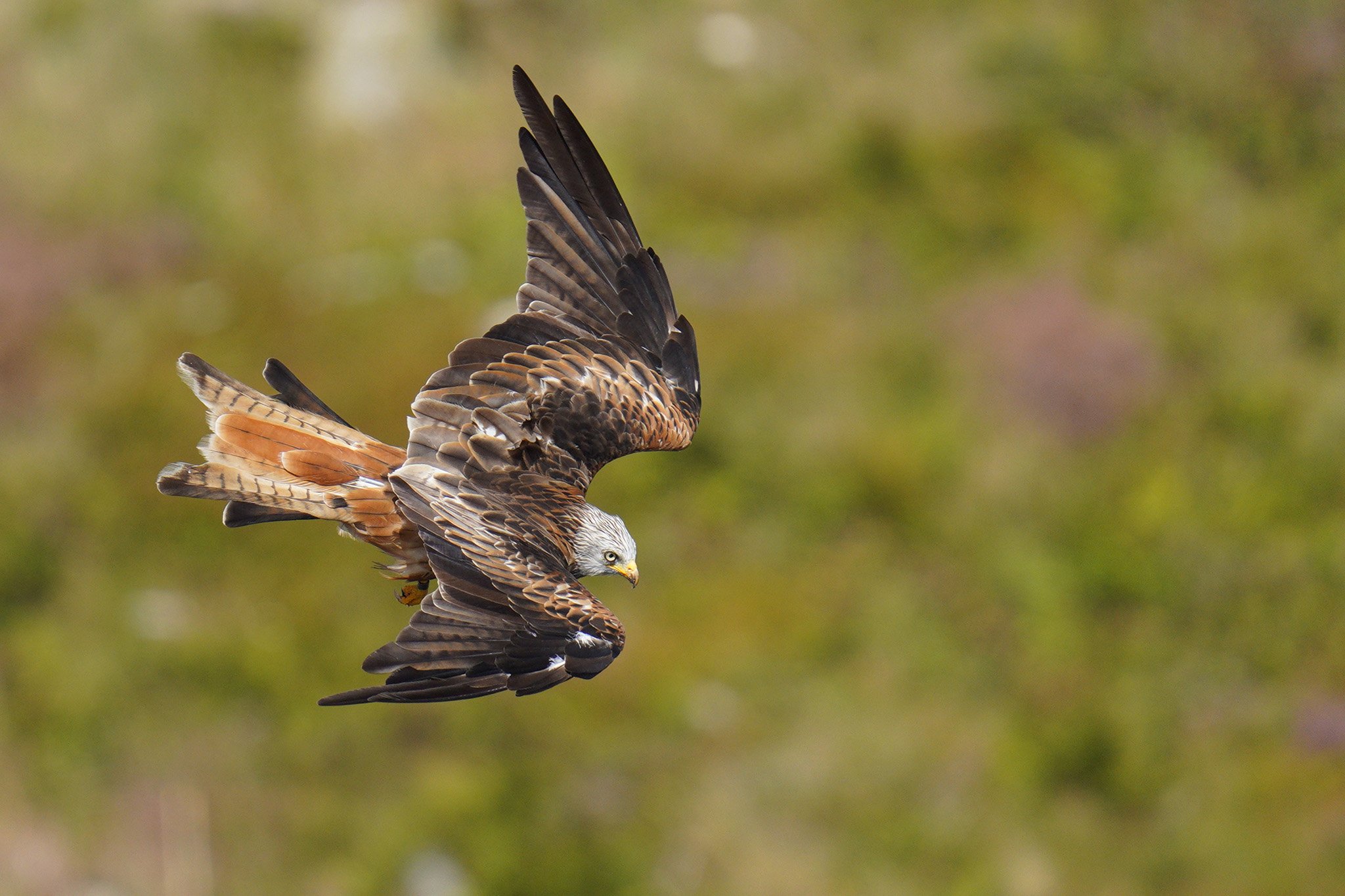
Teleconverter Support
If you want to make use of teleconverters then only the Sony 200-600 supports both the SEL14TC (1.4x) and SEL20TC (2x) teleconverters.
Unfortunately the Sigma 500 for E-mount does not support teleconverters because Sony restricts teleconverter support to their first party lenses.
The L-mount version of the Sigma 500 does support both Sigma’s TC-1411 (1.4x) and TC-2011 (2x) teleconverters.
Maximum Frames Per Second
With the Sony A9III you can shoot up to 120 fps with the Sony FE 200-600 lens (with the latest firmware update).
Sony unfortunately restricts third-party lenses like the Sigma 500 to a maximum of 15 fps. However, unless you are shooting with an A9 Series or the A1 this is unlikely to be an issue.
Personally I rarely shoot my A1 over 15 fps because it takes far too long to cull the images afterwards, so this limitation is more of a blessing than a hindrance.
Which One To Buy?
The Sigma 500 F5.6 costs $2,999.00 in the US or £2,779.00 here in the UK. The Sony 200-600 F5.6-6.3 costs $1,998.00 in the US or £1,559.00 in the UK. So you can save a chunk of cash if you are happy with what the Sony offers.
If you own the 200-600 then you’ve already got an amazing lens. If you are happy with the size and weight of this lens then there’s no reason to purchase the Sigma 500. Plus you get a little more focal length.
If you don’t already own the 200-600 and would like to purchase a long telephoto lens then you have a little more to think about. Do you need a zoom lens? Would you make use of the teleconverters? Shoot over 15 fps? If yes, then stick with the 200-600. If not, it’s definitely worth considering the Sigma 500 if it’s in budget.
Before I tried the Sigma 500 I had no plans to purchase one, but after shooting with it for a week I was sold and decided to order one.
For me personally I appreciated the weight and size savings the most, especially as I have a slightly dodgy shoulder.
I rarely use the teleconverters so I can live without them and I’m not keen on shooting over 15 fps either as it takes far too long to sort through the images afterwards.
I will hopefully get my 200-600 repaired but I’m not sure if it will see much use after the Sigma arrives.
Sample Images
You can find further sample images over on our forum. Forum members also contribute to these sample image threads.
Registered forum members can also find the raw files to download taken with the Sigma 500mm here.
More to Come
As I mentioned at the start of this article I should hopefully be receiving my own Sigma 500 F5.6 very soon and once my 200-600 has been repaired I’ll add some more comparison images and perhaps a video too.
If you have made it this far then please do check out our friendly forum if you are not already a member.

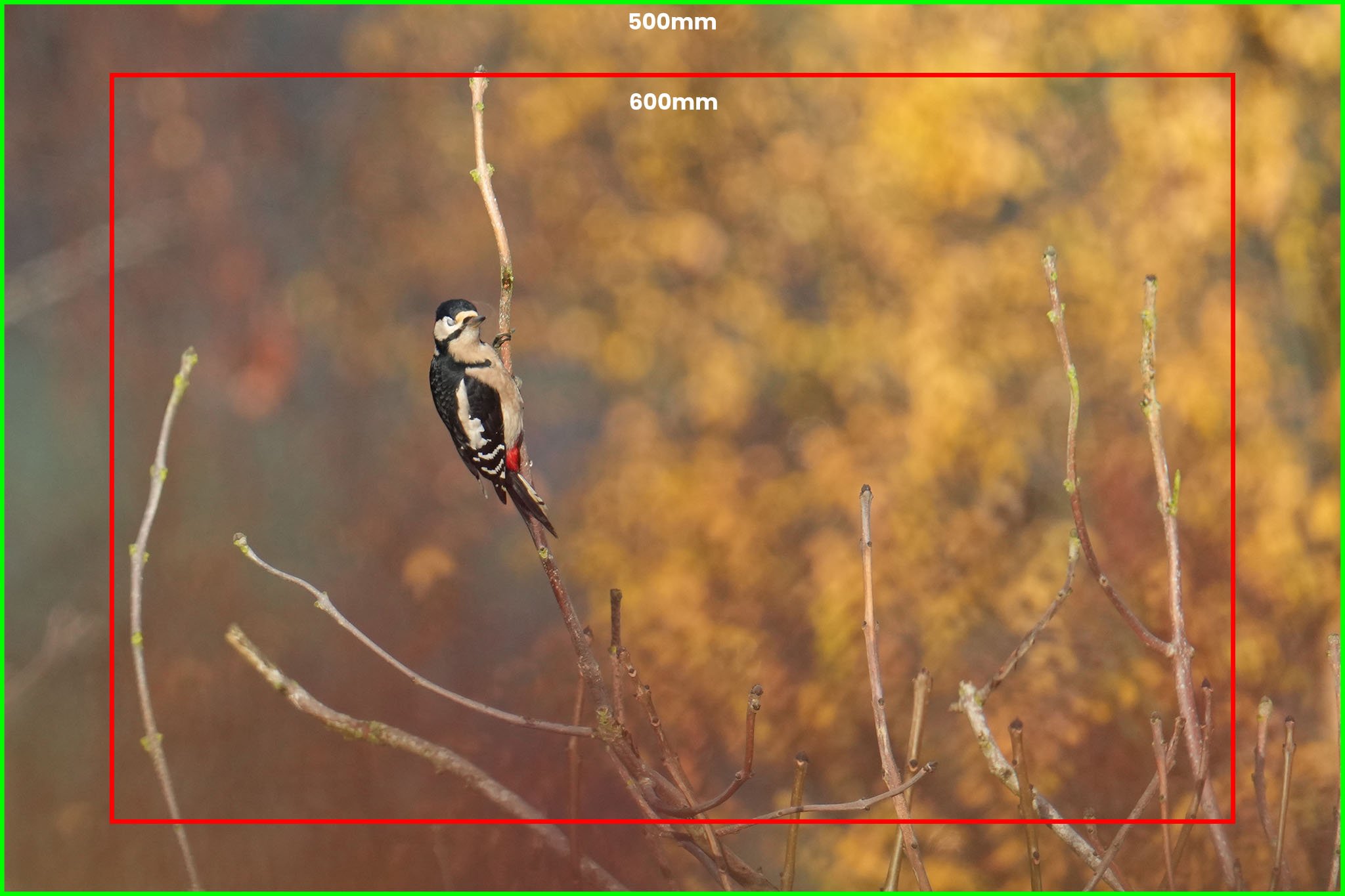
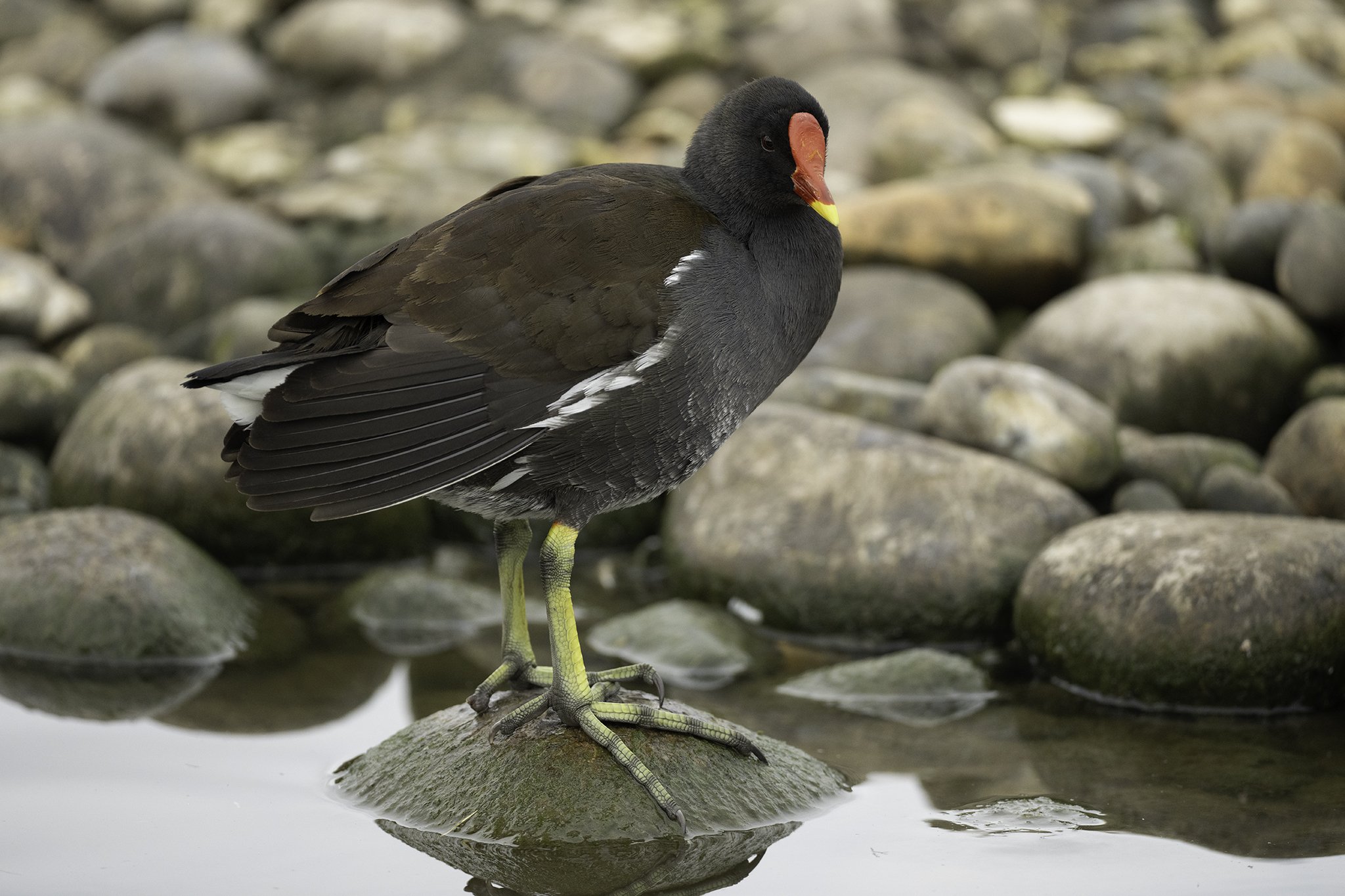







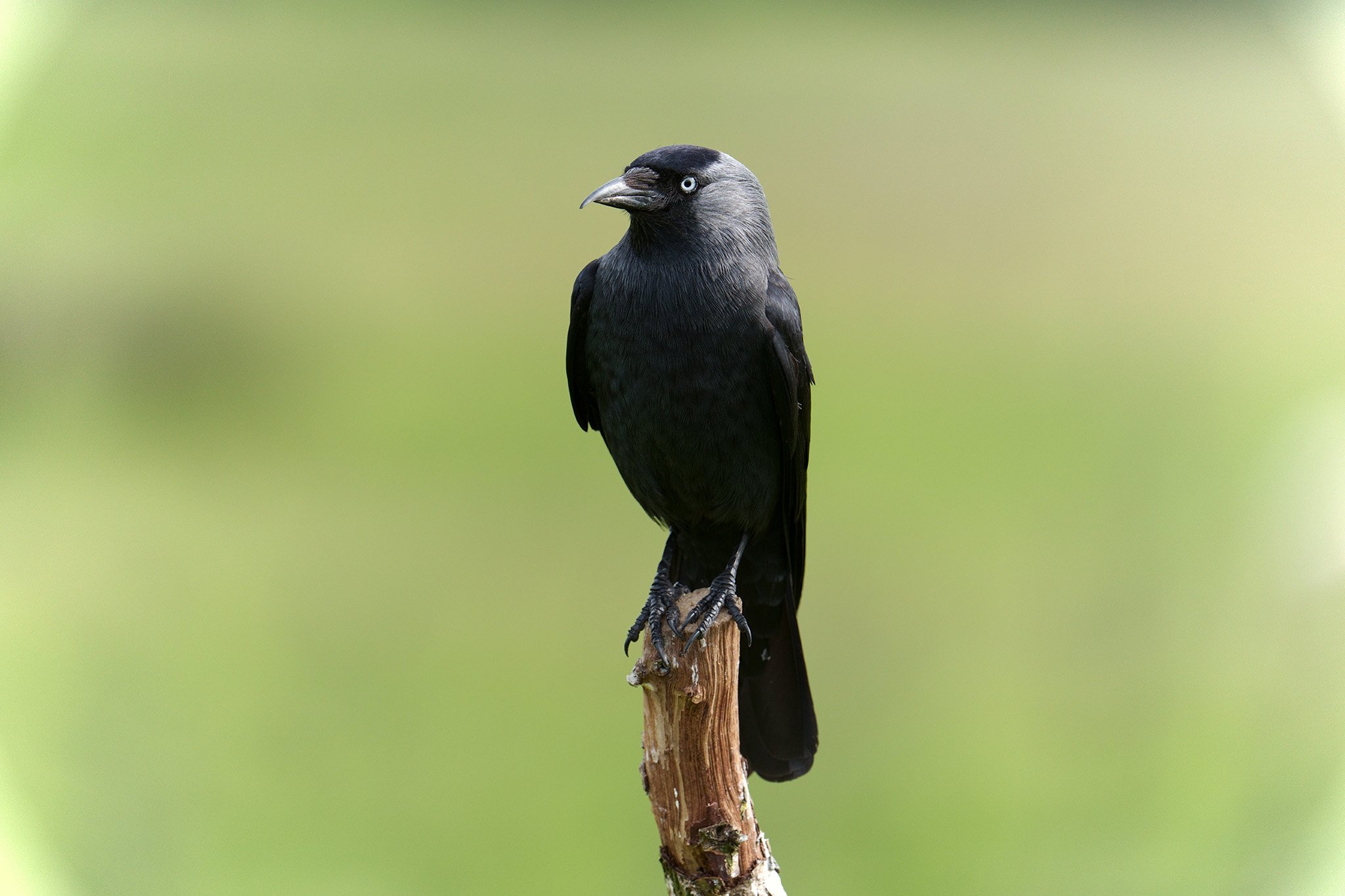


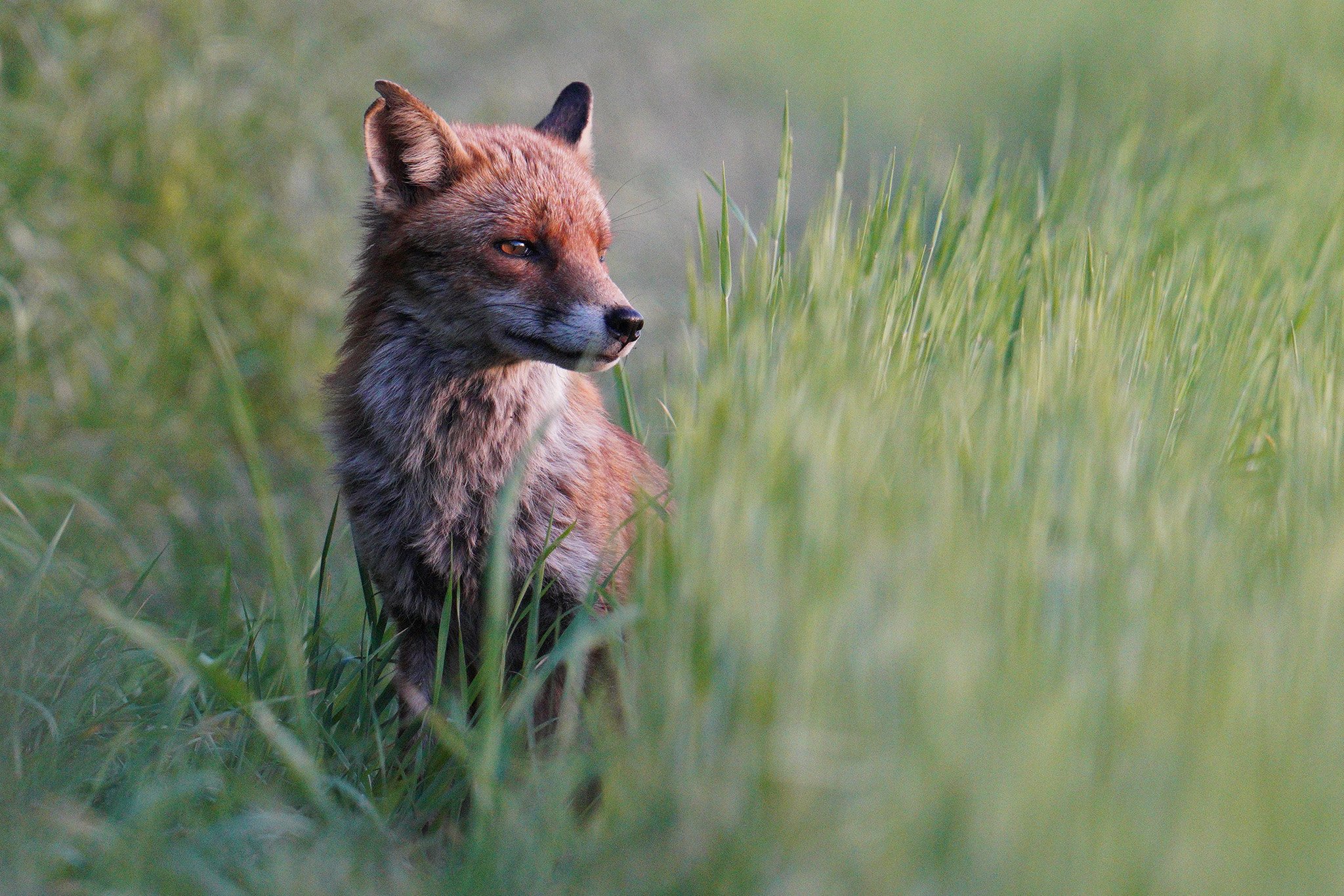

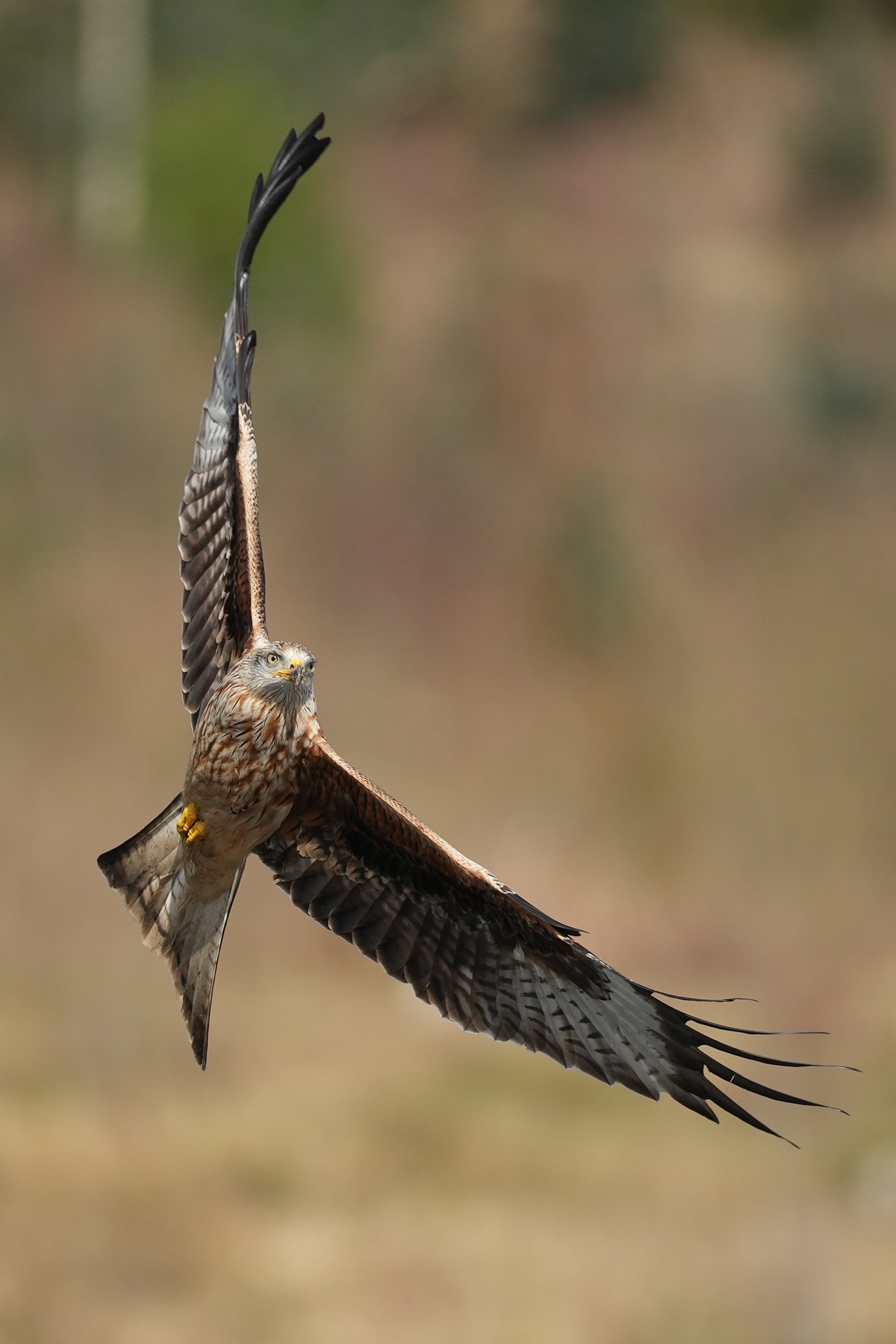
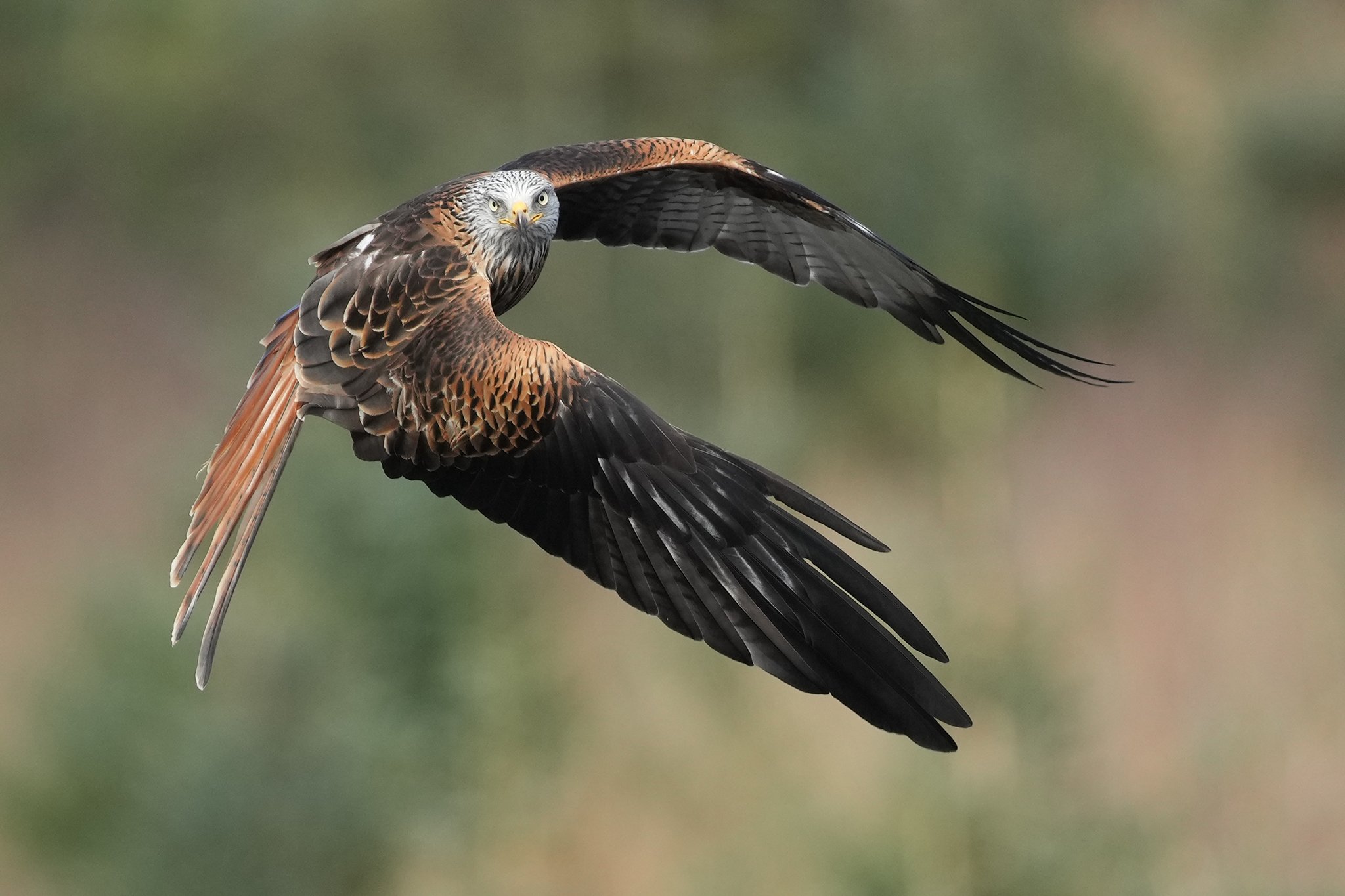
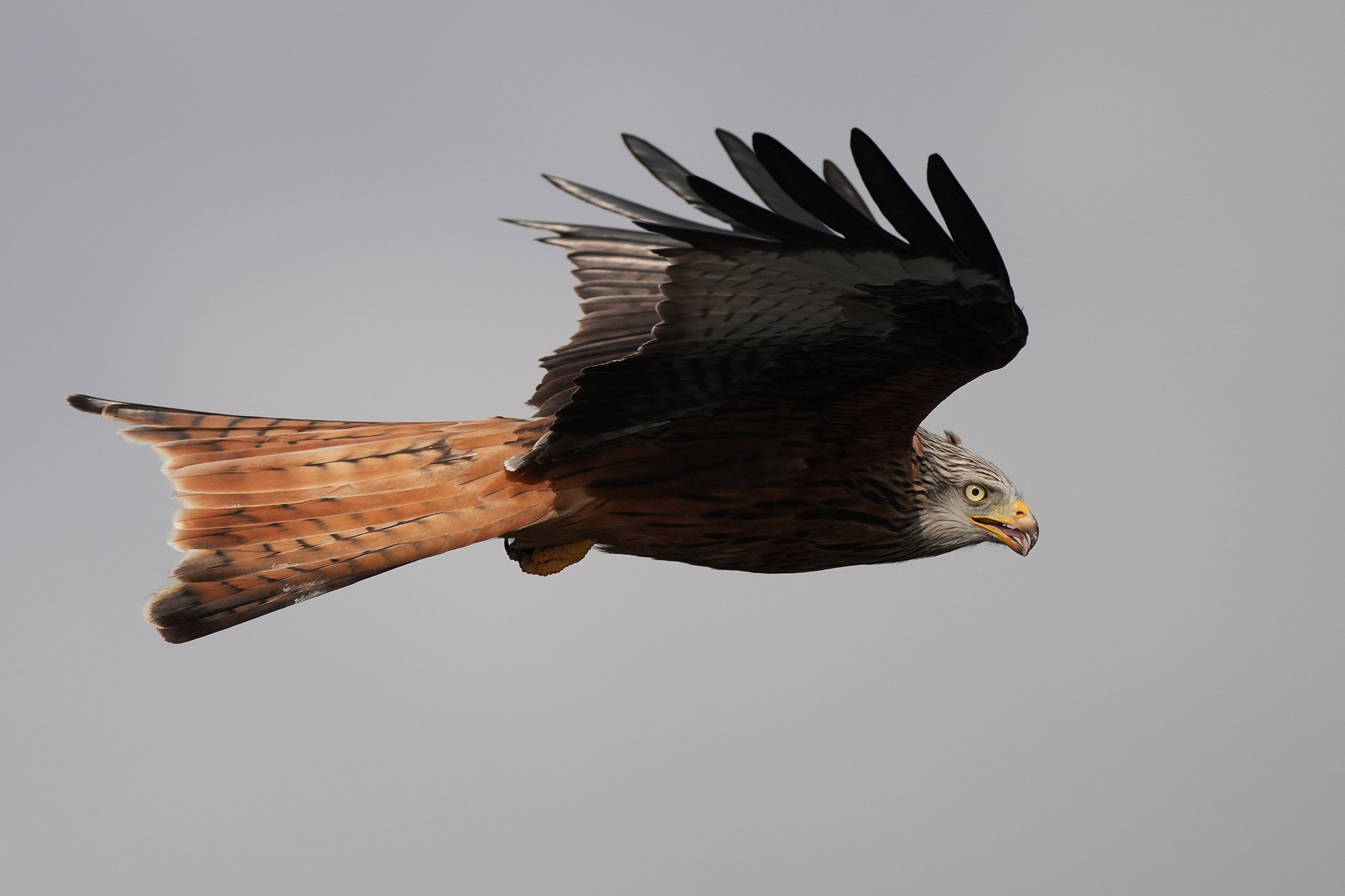
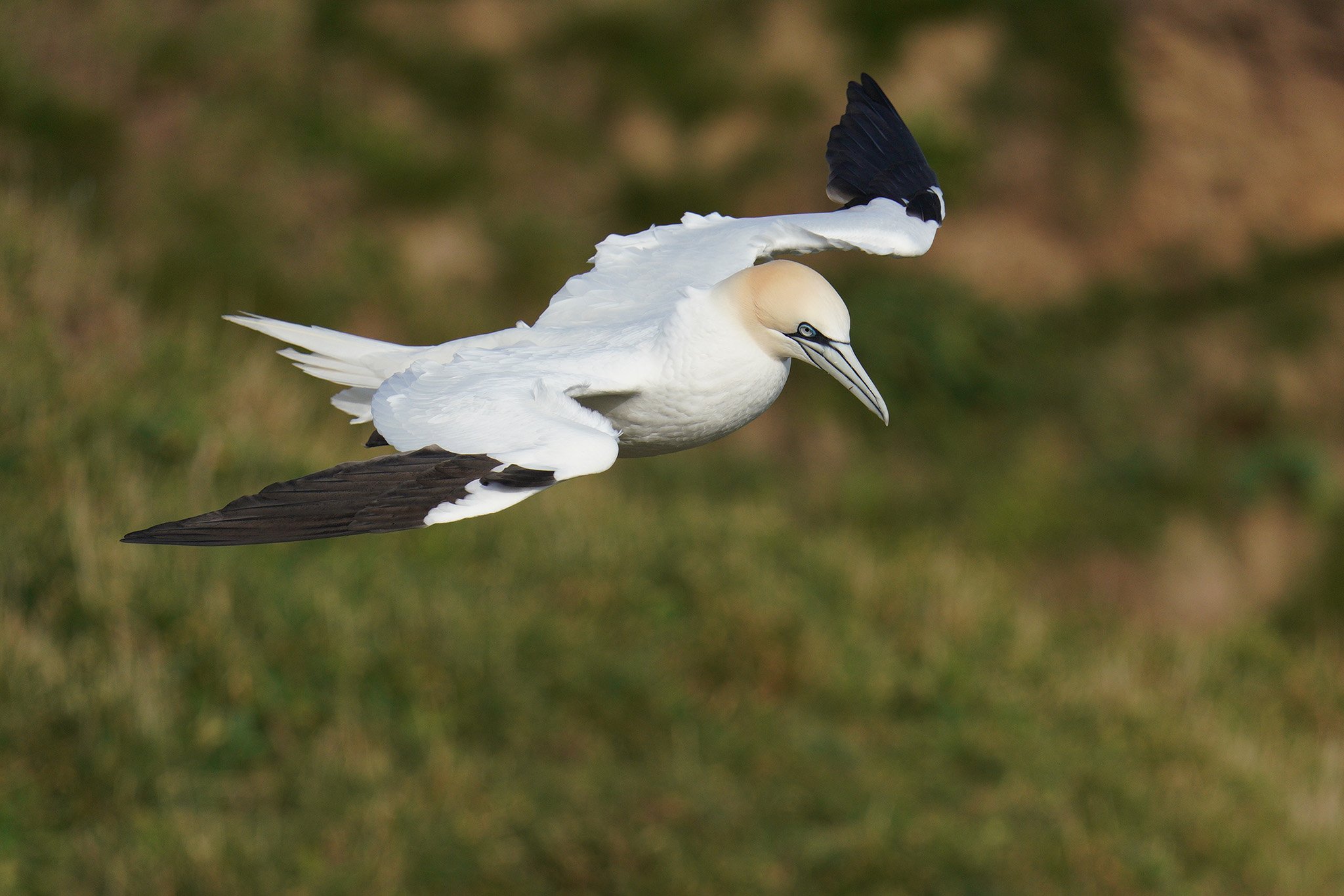
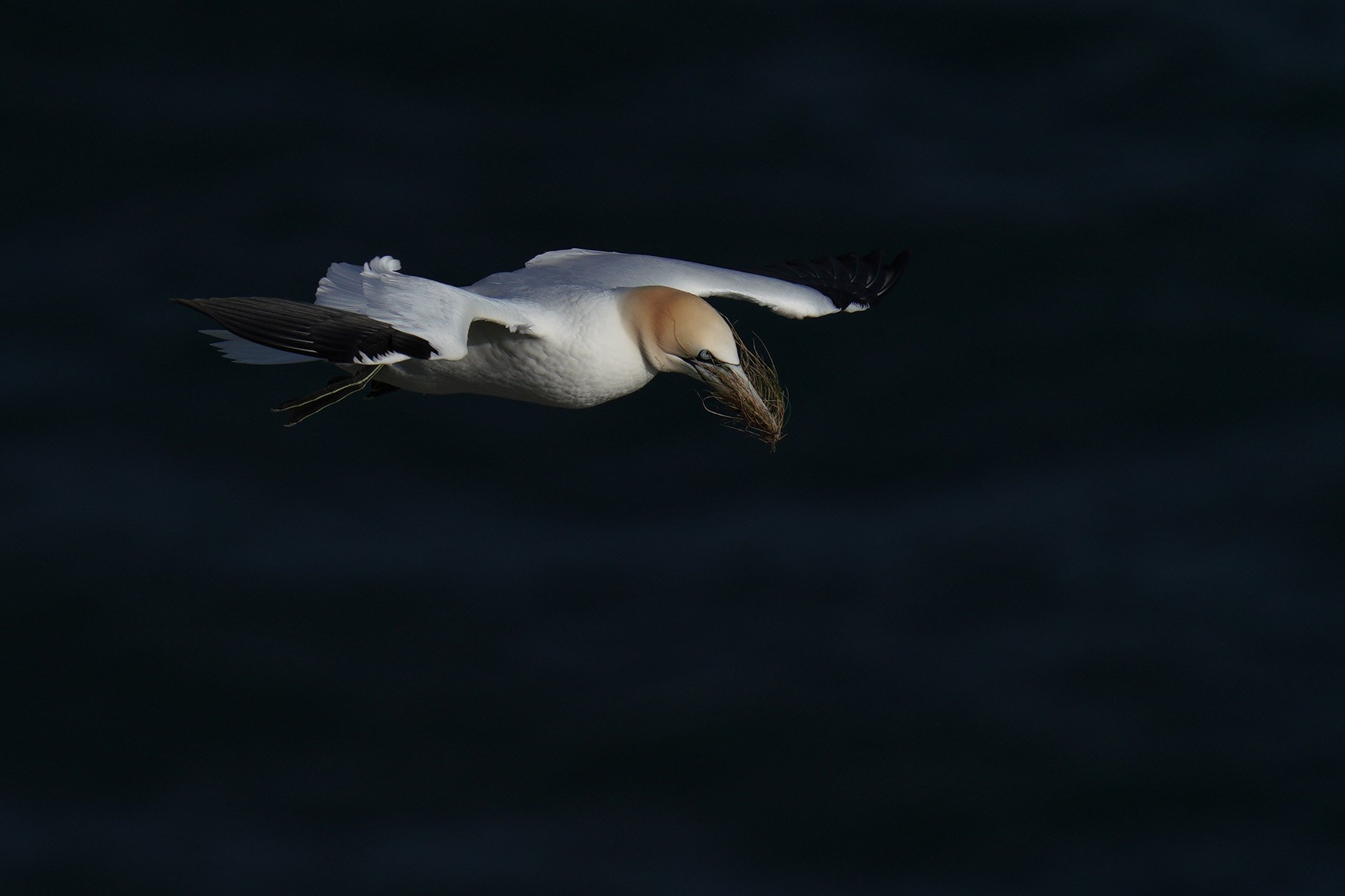
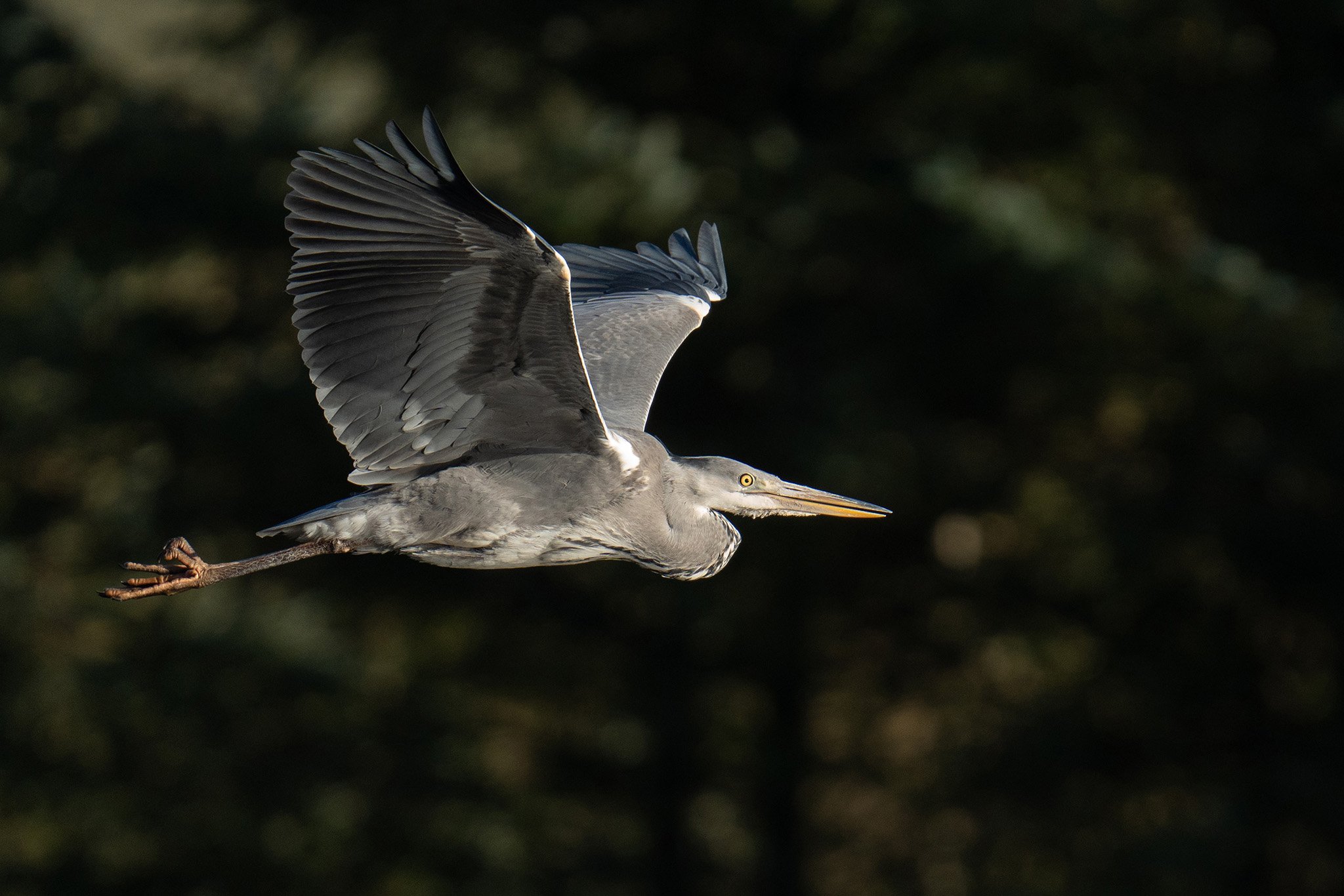


I have both sony 100-400 and 200-600 but weight of 200-600 is a problem. Is 100-400 with 1.4 tc a good alternative to 2-600 rather than sigma 500. How would sigma compare to sony 100-400 with tc?
Hi Ross. There’s only a few grams in weight difference between the Sigma 500 and the Sony 100-400 + 1.4x. Of course, adding the 1.4x to the 100-400 does drop you down to f/8 and you do also lose some sharpness. Probably not so much of a concern unless you crop heavily and pixel peep, but you’ll definitely see better image quality with the Sigma 500 vs Sony 100-400 + 1.4x. You are of course fixed at 500mm with the Sigma, so the 100-400 offers more versatility and is a better lens for close-up shots due to its much shorter minimum focusing distance. I’m fortunate to own the 100-400 + 1.4x/2x, 200-600 and Sigma 500. The 100-400 started collecting dust when the 200-600 came out, then the 200-600 started collecting dust when the Sigma 500 landed in my hands. I will probably sell my 100-400 soon but keep the 200-600 as it’s an excellent lens and the flexibility of the zoom is useful at times. For close-up bug shots I now prefer to use the Sony 70-200 F4 Macro II lens.
Great review Tim, especially given the problems with the 200-600mm. The images of the Red Kites look very sharp and nicely rendered. I just wonder what long lenses are now in development: there seem to be big changes (I e. smaller & lower cost lenses) now taking place with this Sigma and Sony’s 300mm gm.
Thank you Graham. The lighter weight compared to the 200-600 definitely make it a more enjoyable lens to shoot BIF with. Mine arrived on Saturday and I’m looking forward to getting out with it again. Yes I certainly appreciate the drive for smaller and lighter lenses! I’m surprised Sony hasn’t brought out a 500 F5.6 yet.